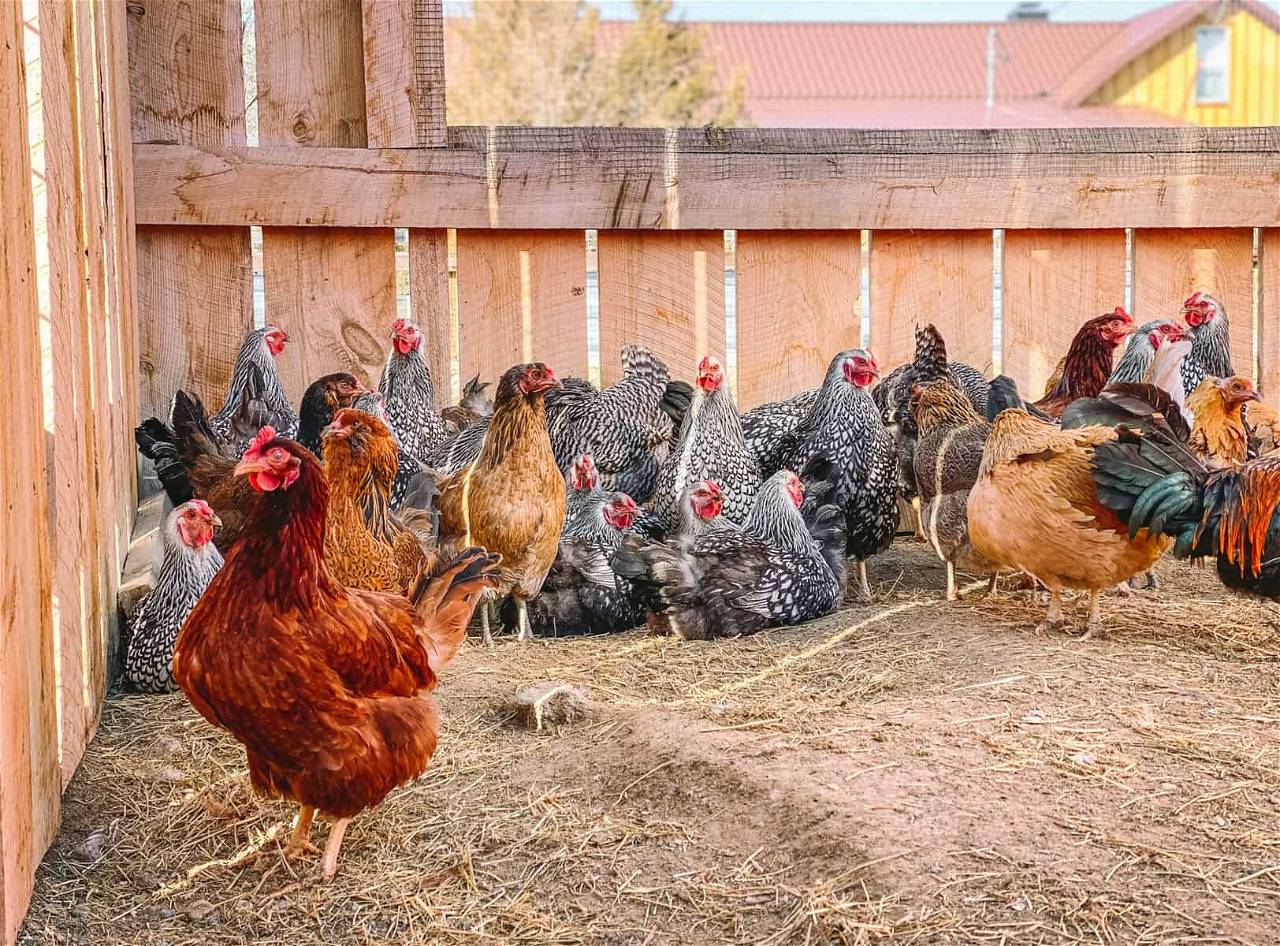
Poultry farming has recently emerged as a market leader in the global horticultural industry. A decent housing space has a direct influence on the ideal development and production in the poultry farming business, whether it is layer poultry or broiler poultry farming.
When additional care is given to the development of the house, the poultry business is one of the most beneficial businesses. A superior poultry coop improves the flock's performance and well-being. A high-yielding poultry breed requires convenient housing. The house should face south to get the greatest sunlight, which is especially important during the short cold days.
Poultry House Types (According to age):
Separate brooder houses and grower or layer houses must be maintained for superior development of the flock of birds.
- Brooder House (0 to 8 weeks):
Brooder Home is another name for the house used in broiler chicken farming. A brooder house is typically required for both broiler and layer poultry production. The chicks in a brooder home live between the ages of 0 and around two months, during which time special care is required for the chicks' development.
- Grower House (9 to 20 weeks):
Grower homes are typically used for hens for egg production. Hens are typically developed in grower houses between the ages of 9 and 20 weeks. Raised mostly for egg production.
- Layer House (21 to 72 weeks):
A Layer house is used to rear hens between the age of 21 to 72 weeks. Two types of layer house include:
Deep litter framework or floor framework: For broiler poultry production, deep litter is used. The floor framework is used by both small-scale and large-scale owners, who raised about 50000 birds in a single house for meat.
Cage System: It is one of the most common methods of layer farming on a large scale. The advantage of a cage framework is that you can efficiently keep track of the record.
Poultry Housing Systems:
Housing system can be categorized into 3 categories:
- Free Range / Extensive
- Semi-Intensive
- Intensive : 1) Battery or Cage 2) Deep Litter
Free Range:
In this framework, the birds spend the entire day outside, discovering their food, which includes plants, leaves, bugs, and other living organisms. The proprietor allows birds to enter the house at twilight time.
Semi-Intensive:
It is used where the free accessible space is restricted. The semi-intensive framework is otherwise called backyard production, the bird lives outside for the entire day for scavenging, and a modest bunch of grain is given by the proprietor around evening time. This strategy is generally utilized on a limited scale for 300 to 400 birds.
Intensive:
The birds have complete comfort within this framework. To get the best out of the birds, make sure they have access to high-quality feed at all times. This is the most generally recognized framework used globally on a large scale for the use of chicken meat and eggs. The battery (cage framework) and deep litter approaches are the two fundamental technologies included in intensive farming.
-
Battery (cage framework) – It is useful for those who have a limited amount of floor space. The birds are housed in iron mesh cages within this framework. A cage of 36 by 48 inches is used to raise approximately 25 birds. The chicken is cared for, watered, and provided other amenities.
-
Deep litter framework – In this architecture, each enormous pen houses a large number of birds, approximately 250 in total. This is the classic poultry structure dwelling layout. The poultry house floor is a tube covered with sawdust, rice husk, or straw.
House Equipment:
Different types of equipment will be used in the poultry farming business depending on the size and kind of poultry house. Perches, Feed containers, Watering gadgets, Heaters, Foggers, Measuring glasses, Chick guards, Laying houses, and Brooding hovers are examples of significant chicken house equipment.
House Construction:
-
Rooftop – Cement-asbestos top is expensive, but it is advised if the farmer has the necessary capital. It is long-lasting and beneficial to the birds' health. The cost of conjugated iron and zinc sheets is less than that of concrete asbestos. To seal the house, zinc sheets might be utilized.
-
Entryways – The chicken house door should be facing south and constructed of an iron frame finished with 12-inch wire netting. The passage should be long enough for a man to walk through.
Windows – About 1 meter is suggested as the ordinary stature. Roof overhang in any case should be 18 to 36 inches out from the wall to chop down radiation through the window opening.
House Floor Space Requirements:
Requirement per bird:
|
No. |
Age in Weeks |
Floor Space per Birds in Cm2 |
|
1 |
0-8 |
700 |
|
2 |
9-12 |
950 |
|
3 |
13-20 |
1,900 |
|
4 |
21-above |
2,300-2,800 |
Requirement of feeder space per bird:
|
No. |
Age (Weeks) |
Floor Space per Birds(Cm2) |
|
1 |
0-2 |
2.5 |
|
2 |
3-6 |
4.0 |
|
3 |
7-12 |
7.5 |
|
4 |
13-above |
10.0 |
Water requirements and water space requirements:
|
Age in Weeks |
Water space per chick(linear cm) |
Amount of water per 1000 birds in liters |
|
0-4 |
0-6 cm |
2.8-4 |
|
5-8 |
1.2 cm |
12-14 |
|
9-12 |
10 cm |
20-25 |
|
13-16 |
12.5 cm |
35-40 |
|
16 and above |
15 cm |
45-48 |
(Also read: Difference Between Layer And Broiler Chicken)











